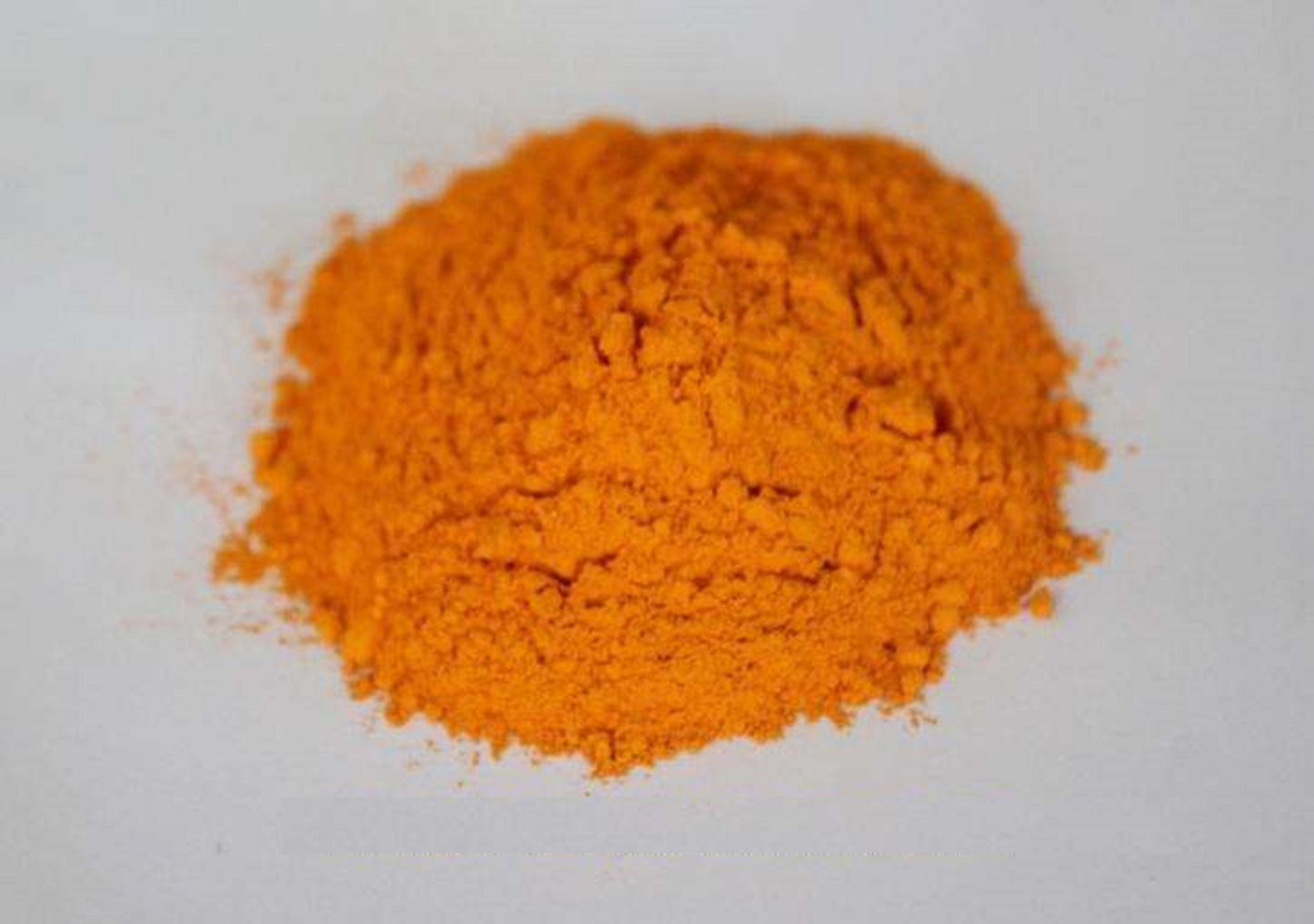CG MATERIAL
Micro Vanadium Oxide Powder (V2O5) CAS 1314-62-1
Micro Vanadium Oxide Powder (V2O5) CAS 1314-62-1
Vanadium(V) Oxide (V₂O₅), also known as vanadium pentoxide, is a chemical compound that appears as a bright yellow to orange crystalline powder. It is the most stable and common oxide of vanadium and is widely used in various industrial applications due to its chemical and catalytic properties.
Data sheet
| Chemical Formula | V2O5 |
| CAS | 1314-62-1 |
| Purity | 99%,99.9% |
| Form |
Powder/pellets |
Chemical and Physical Properties:
- Molecular Formula: V₂O₅
- Molar Mass: 181.88 g/mol
- Appearance: Yellow to orange crystalline powder.
- Density: 3.357 g/cm³
- Melting Point: 690°C (1,274°F)
- Boiling Point: Sublimes at about 1,750°C (3,182°F)
- Solubility: Slightly soluble in water, but more soluble in alkaline solutions. It can form vanadates in basic solutions.
- Crystal Structure: Orthorhombic
Applications:
-
Catalyst:
- Sulfuric Acid Production: V₂O₅ is an essential catalyst in the contact process for the oxidation of sulfur dioxide (SO₂) to sulfur trioxide (SO₃), which is a key step in the industrial production of sulfuric acid.
- Selective Catalytic Reduction (SCR): It is used to reduce nitrogen oxides (NOx) in industrial emissions to nitrogen (N₂) and water, aiding in pollution control.
- Oxidation Reactions: It is also used as a catalyst in various organic oxidation reactions, including the production of phthalic anhydride.
-
Ceramics and Glass:
- V₂O₅ is used as a colorant and as a fluxing agent in ceramics and glass production. It can impart a yellow or orange color to glazes and is also used to improve the chemical durability of glass.
-
Batteries:
- Vanadium pentoxide is used in some types of lithium-ion batteries and vanadium redox flow batteries due to its high energy density and electrochemical properties.
-
Pigments:
- Due to its vibrant color, V₂O₅ is sometimes used in the production of pigments.
Storage:
Vanadium pentoxide should be stored in a cool, dry place, away from incompatible materials such as strong acids and reducing agents, to prevent unwanted reactions. Containers should be tightly closed and properly labeled.


